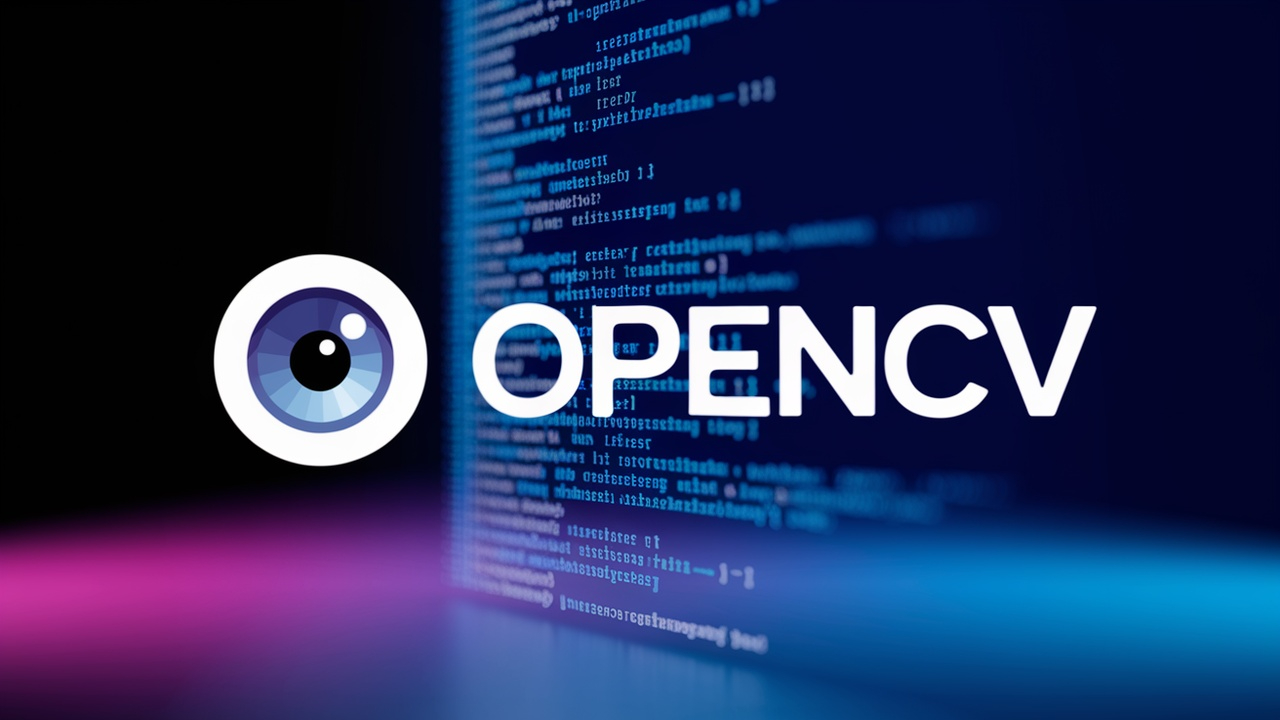
This comprehensive course provides a deep dive into computer vision using OpenCV, a powerful library for image processing and computer vision applications. Participants will learn foundational concepts, explore advanced techniques, and build real-world projects to enhance their understanding and skills in computer vision.
Course Levels
-
Level 1: Introduction to OpenCV
This level introduces the OpenCV library and basic computer vision concepts. Learners will get hands-on experience in setting up the OpenCV environment and performing simple image processing tasks.
-
Level 2: Image Processing Techniques
In this level, students will explore various image processing techniques to enhance and manipulate images. Topics cover filtering, color spaces, and image thresholding.
-
Level 3: Feature Detection and Description
This level focuses on detecting and describing features in images. Learners will delve into keypoint detection methods and descriptor extraction.
-
Level 4: Image Segmentation
In this level, students will learn about different image segmentation techniques to partition images into meaningful regions. Key segmentation algorithms will be explored.
-
Level 5: Object Detection and Tracking
This level covers object detection and tracking methods, enabling students to recognize and follow objects in video streams.
-
Level 6: Computer Vision Applications
In this level, learners will apply their knowledge to build real-world computer vision applications, exploring various case studies and projects.
-
Level 7: Advanced Computer Vision Techniques
This level dives into advanced techniques used in computer vision, including deep learning frameworks and their integration with OpenCV.
-
Level 8: Project Development and Deployment
In this final level, students will complete a capstone project that incorporates all the knowledge and skills acquired throughout the course. They will also learn about deployment options for computer vision applications.
Course Topics
-
Corner Detection (Harris, Shi-Tomasi)
# Corner Detection (Harris, Shi-Tomasi) Corner detection is a crucial technique in computer vision, used for identifying points in an image where the intensity changes significantly in multiple direc...
-
Convolutional Neural Networks (CNNs)
# Convolutional Neural Networks (CNNs) Convolutional Neural Networks (CNNs) are a class of deep neural networks most commonly applied to analyzing visual imagery. They have proven to be exceptionally...
-
Transfer Learning for Image Classification
# Transfer Learning for Image Classification Transfer learning is a powerful technique in deep learning, particularly in the field of computer vision. It allows us to leverage pre-trained models on l...
-
Threshold-Based Segmentation
# Threshold-Based Segmentation Threshold-based segmentation is a fundamental technique in image processing and computer vision, primarily used for separating an image into distinct regions based on p...
-
Gesture Recognition
# Gesture Recognition in Computer Vision Gesture recognition is a crucial aspect of human-computer interaction, allowing users to communicate with machines through physical movements. This technology...
-
Understanding Object Detection
# Understanding Object Detection Object detection is a vital computer vision task that involves identifying and localizing objects within an image or video. Unlike image classification, which merely ...
-
Color Space Conversions
# Color Space Conversions Color space conversions are essential techniques in image processing that allow images to be represented in different color models. Understanding how to convert between thes...
-
Contour Detection
# Contour Detection Contour detection is a crucial technique in image processing and computer vision, particularly for object detection and shape analysis. It involves identifying and outlining the b...
-
Deep Learning Frameworks Overview
# Deep Learning Frameworks Overview Deep learning has revolutionized the fields of computer vision and artificial intelligence, enabling the development of sophisticated models that can learn from va...
-
Feature Matching Techniques
# Feature Matching Techniques Feature matching is a crucial step in computer vision applications, particularly in tasks like image stitching, object recognition, and 3D reconstruction. This topic del...
-
Understanding Image Formats
# Understanding Image Formats In the world of computer vision and image processing, understanding different image formats is crucial. Various formats serve different purposes, and knowing when to use...
-
Introduction to YOLO (You Only Look Once)
# Introduction to YOLO (You Only Look Once) ## What is YOLO? YOLO, which stands for You Only Look Once, is a state-of-the-art, real-time object detection system. Unlike traditional object detection m...
-
Histogram Equalization
# Histogram Equalization Histogram Equalization is a powerful image processing technique used to enhance the contrast of an image. By redistributing the intensity values of the pixels, it improves th...
-
Watershed Algorithm
# Watershed Algorithm The Watershed Algorithm is a powerful image segmentation technique used in computer vision for separating different objects in an image. It is particularly effective for images ...
-
Image Filtering Techniques
# Image Filtering Techniques Image filtering is a fundamental process in image processing that allows us to enhance or alter images. The primary purpose of filtering is to reduce noise, enhance featu...
-
Understanding Keypoints
# Understanding Keypoints ## Introduction to Keypoints In the realm of computer vision, keypoints are specific points in an image that are robust and distinctive. They are critical for tasks such as...
-
Using TensorFlow and Keras with OpenCV
# Using TensorFlow and Keras with OpenCV In this module, we will explore how to harness the power of TensorFlow and Keras alongside OpenCV for advanced computer vision tasks. With the integration of ...
-
Introduction to Image Segmentation
# Introduction to Image Segmentation Image segmentation is a crucial step in computer vision that involves partitioning an image into multiple segments or regions. The goal is to simplify the represe...
-
Augmented Reality Basics
# Augmented Reality Basics ## Introduction to Augmented Reality (AR) Augmented Reality (AR) is a technology that overlays digital information—such as images, sounds, and other data—onto the real worl...
-
License Plate Recognition
# License Plate Recognition (LPR) License Plate Recognition (LPR) is a technology that uses optical character recognition (OCR) to read vehicle registration plates. LPR systems are commonly used for ...
- And 14 more topics...